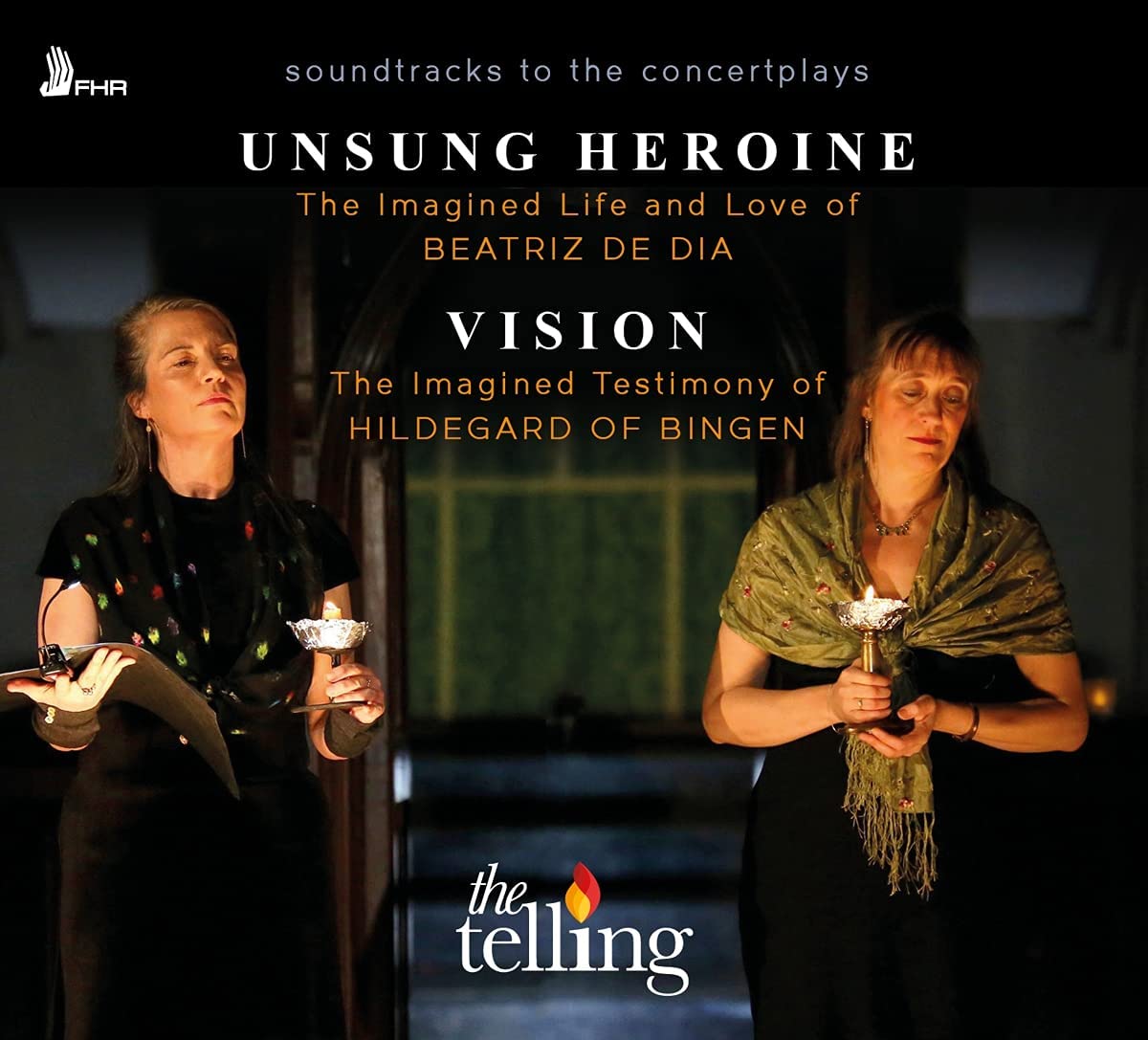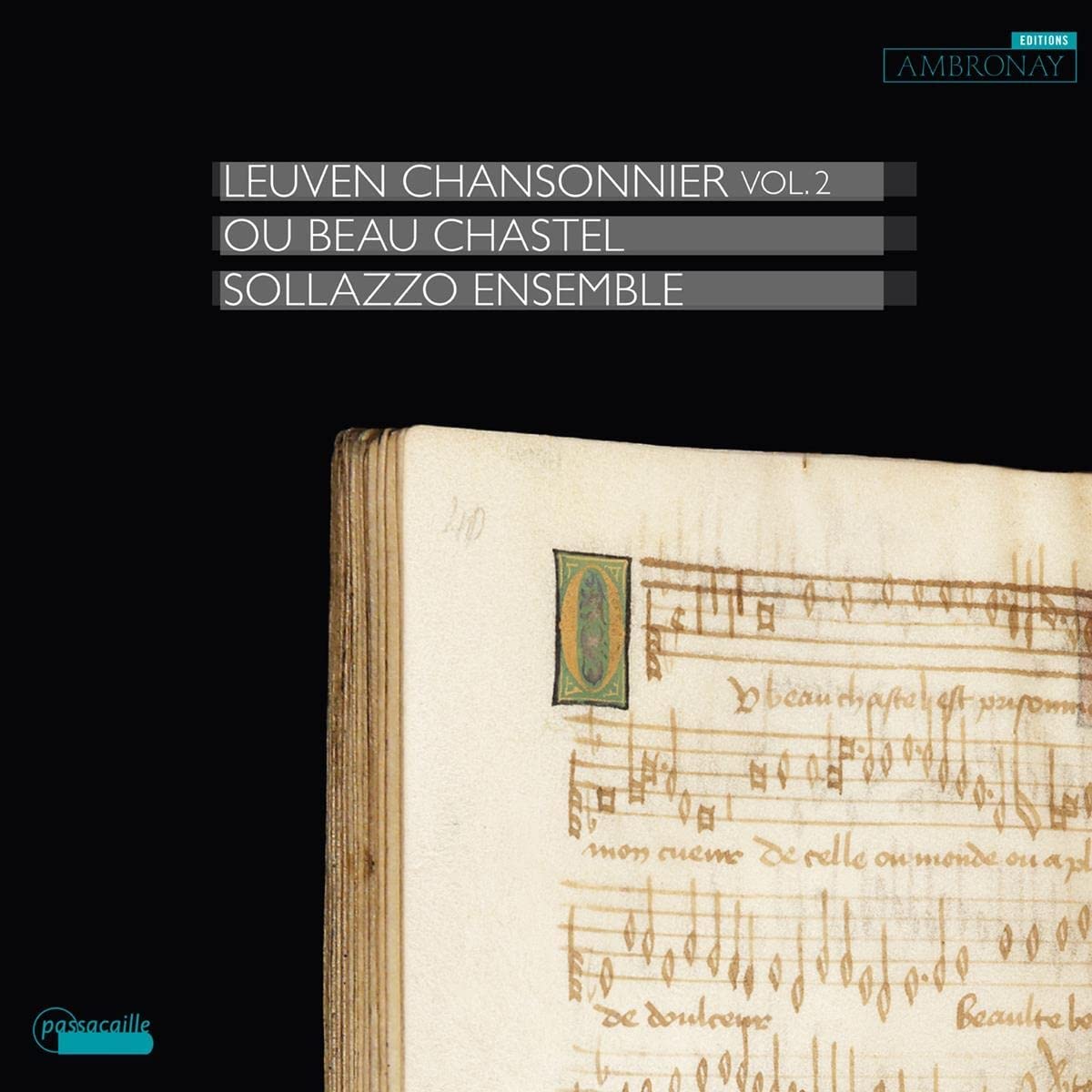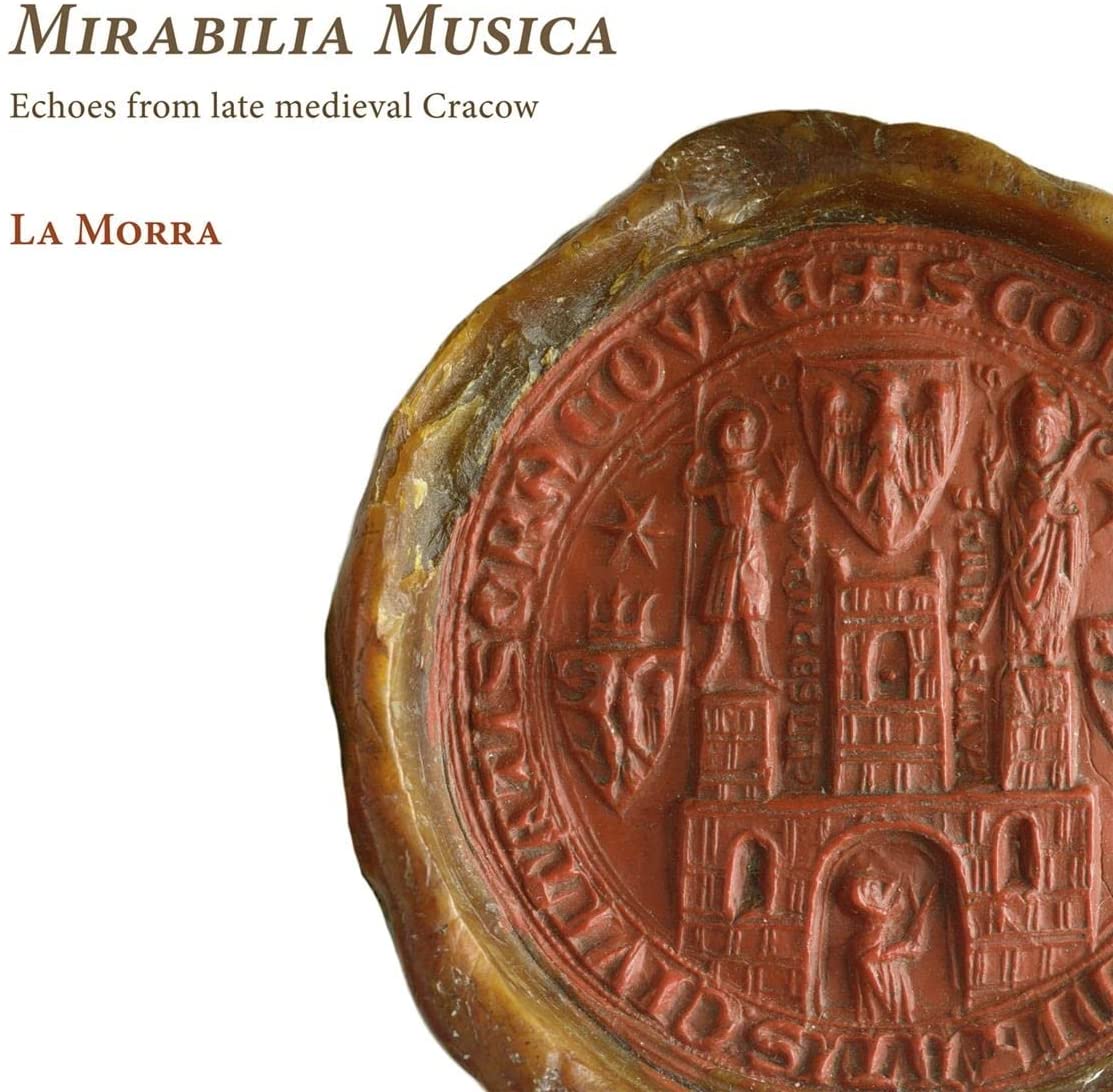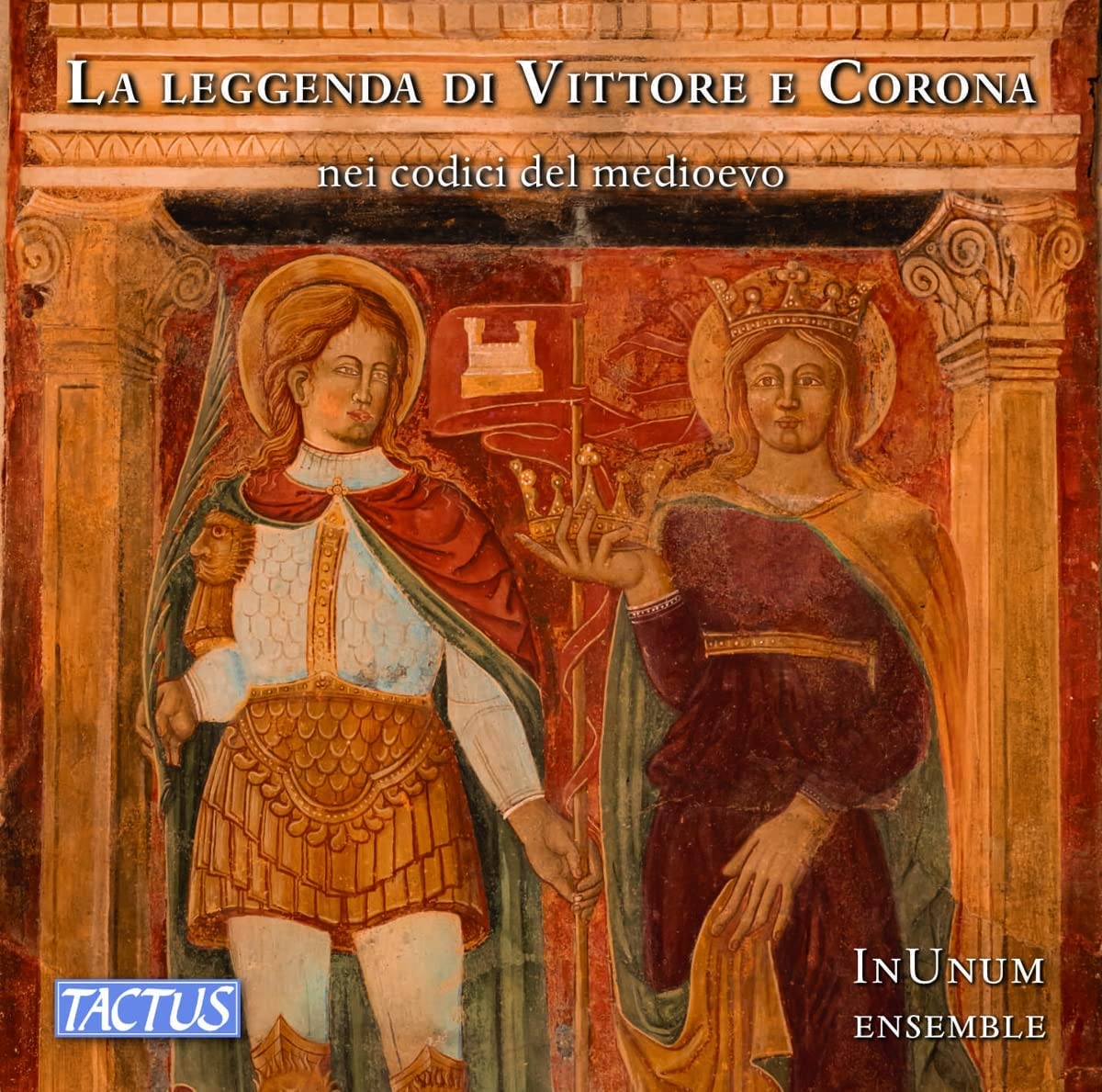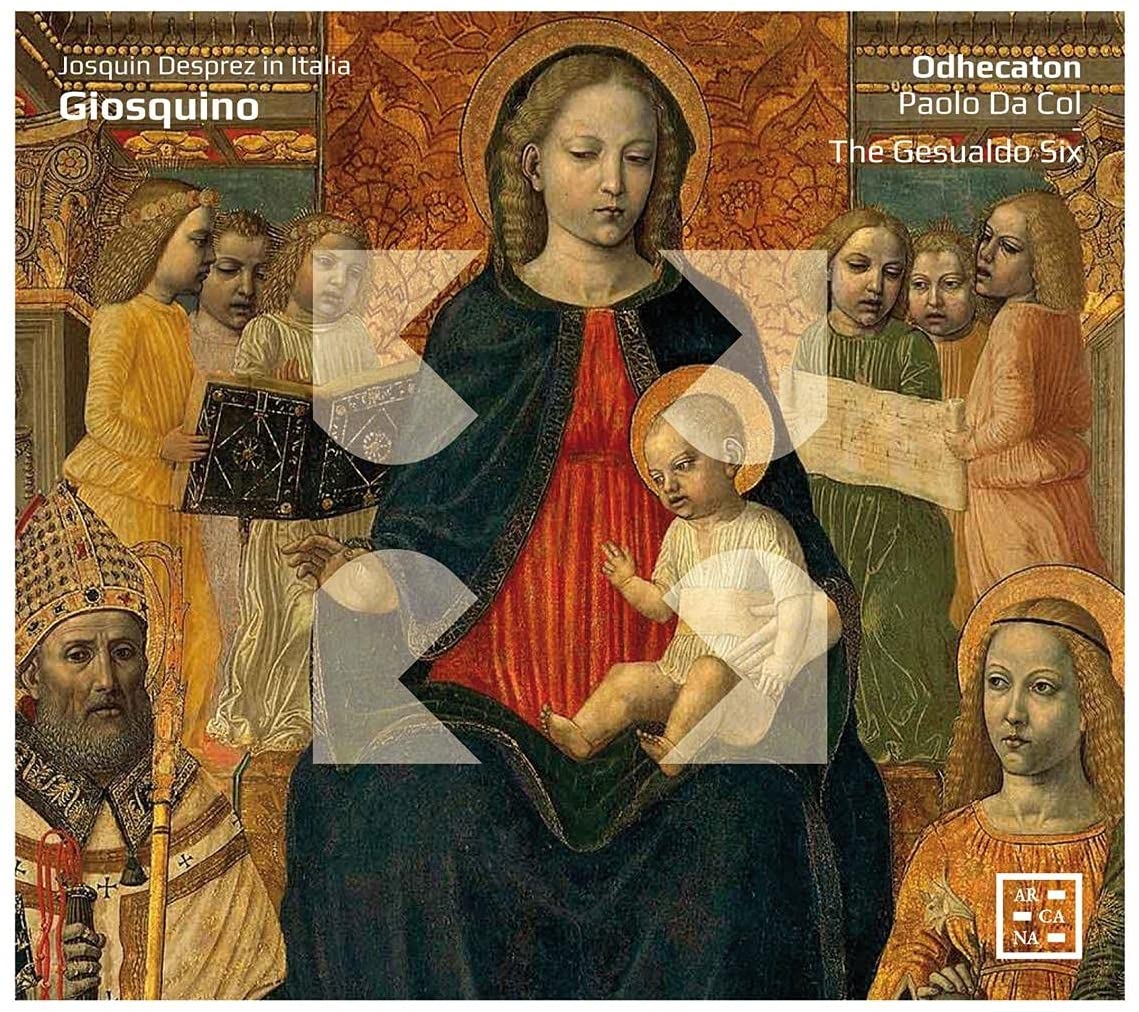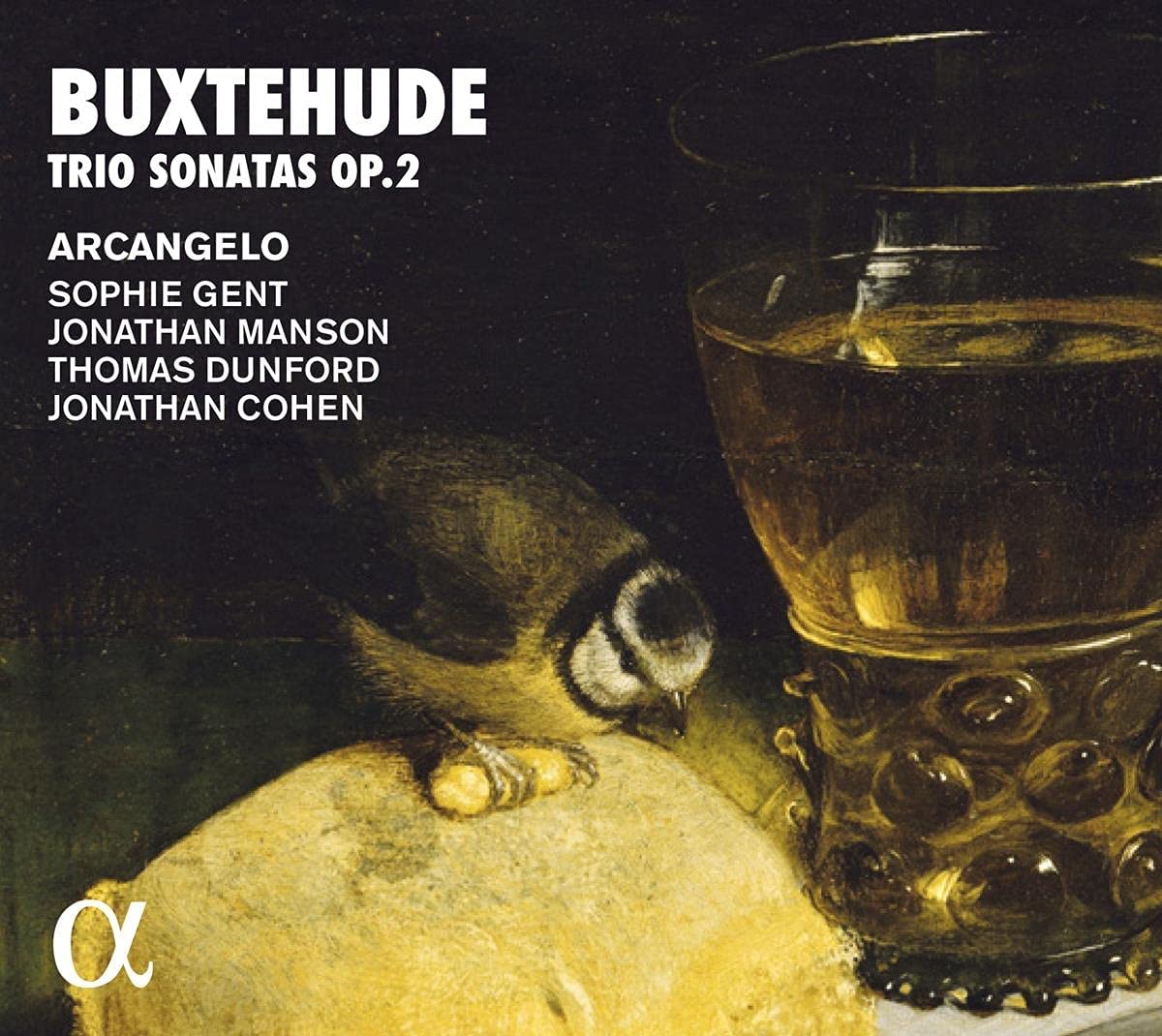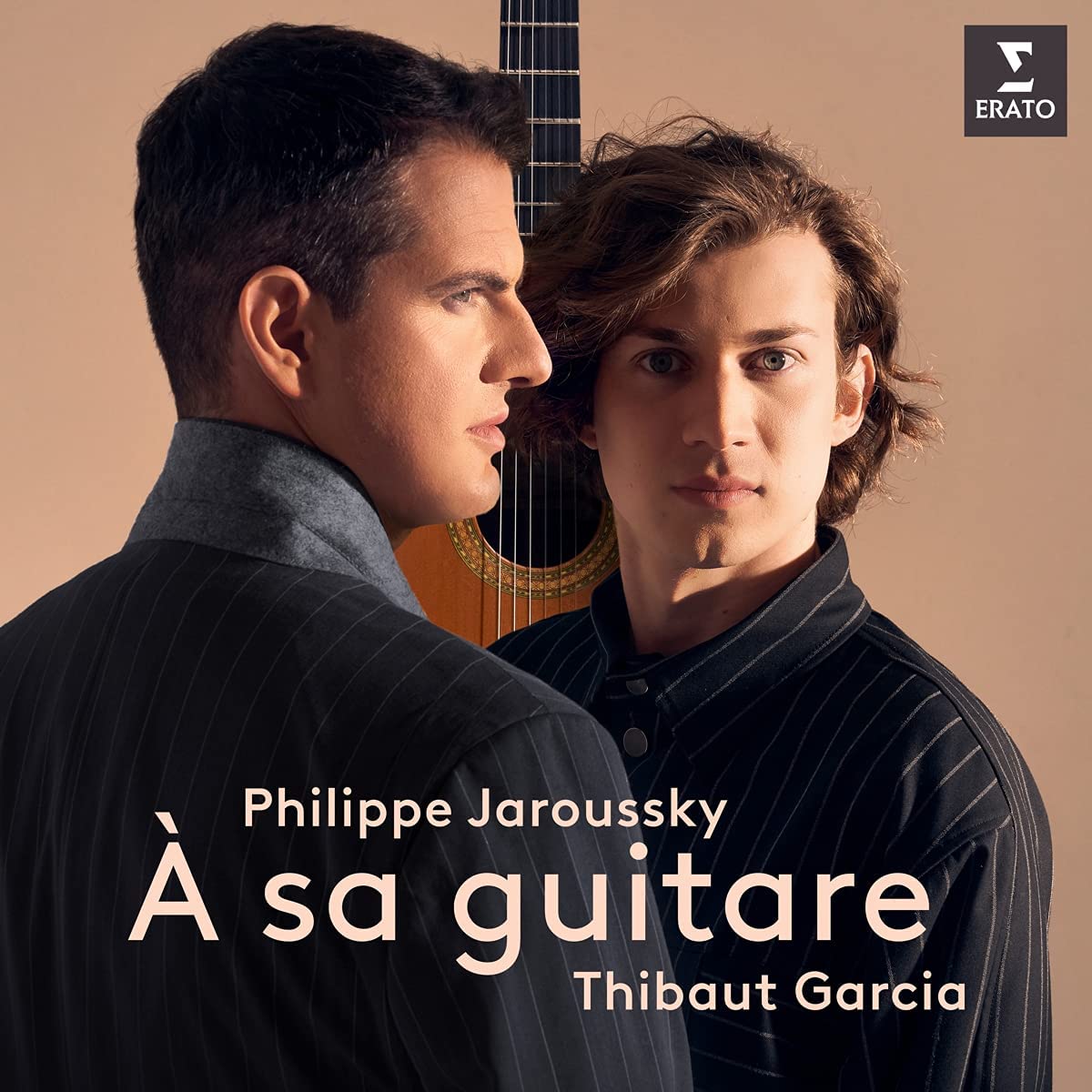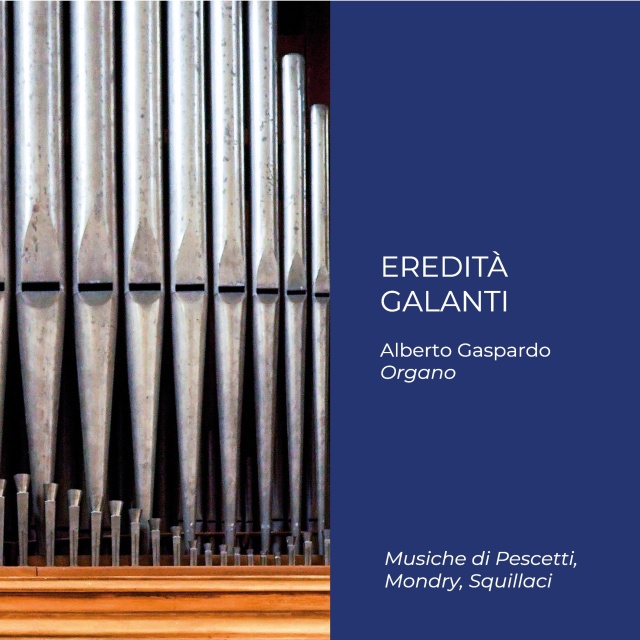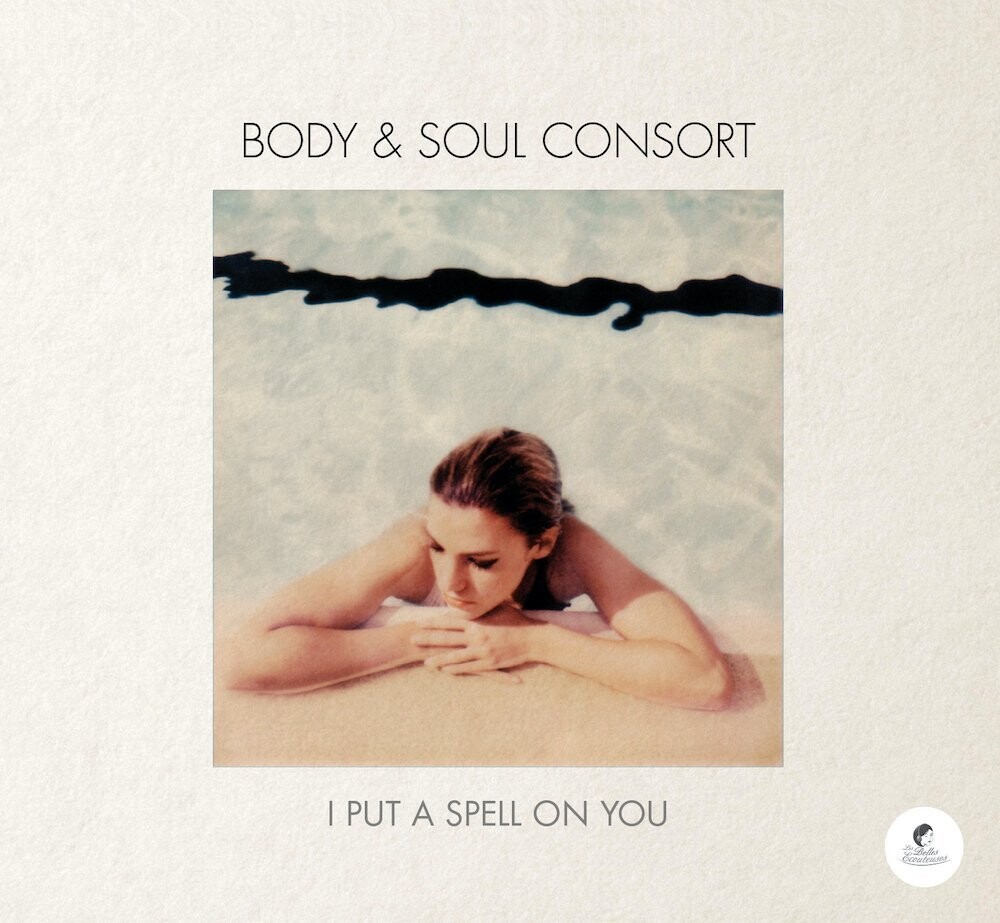The Imagined Life and Love of Beatriz de Dia
The Imagined Testimony of Hildegard of Bingen
The Telling
74:37
First Hand Records FHR123
Click HERE to buy this on amazon,co.uk
[Using these sponsored links keeps this FREE site alive]
The genesis of this CD is by no means simple, so it is important to give an outline of it here. In May 2021, one of the two singers of the ensemble The Telling, Ariane Prüssner, died prematurely and unexpectedly. The Telling had specialised in touring dramatisations of narratives compiled from early musical sources, and their latest two projects had been Unsung Heroine and Vision (detailed above). The soundtracks to arthouse films, these performances were recorded mainly in single takes and never intended for release in CD form. The music on the CD is extracted from larger works and verses are omitted, and where Hildegard left more than enough music to speak entirely with her own voice, Beatriz left only five songs, and her ‘life’ is eked out here with music by various other more familiar male troubadours. Fine musicians all, The Telling provide dynamic and convincing performances of this music which need no apology, and – notwithstanding the unusual and sad circumstances surrounding it – this is a very worthwhile project and a suitable testimony to the remarkable individual talents of Ariane Prüssner, but also to the combined dynamic of this distinctive ensemble. These two imaginative and dramatically effective sequences of vocal and instrumental music shed a valuable light on two musically gifted women, one very familiar and one still relatively unknown.
D. James Ross
